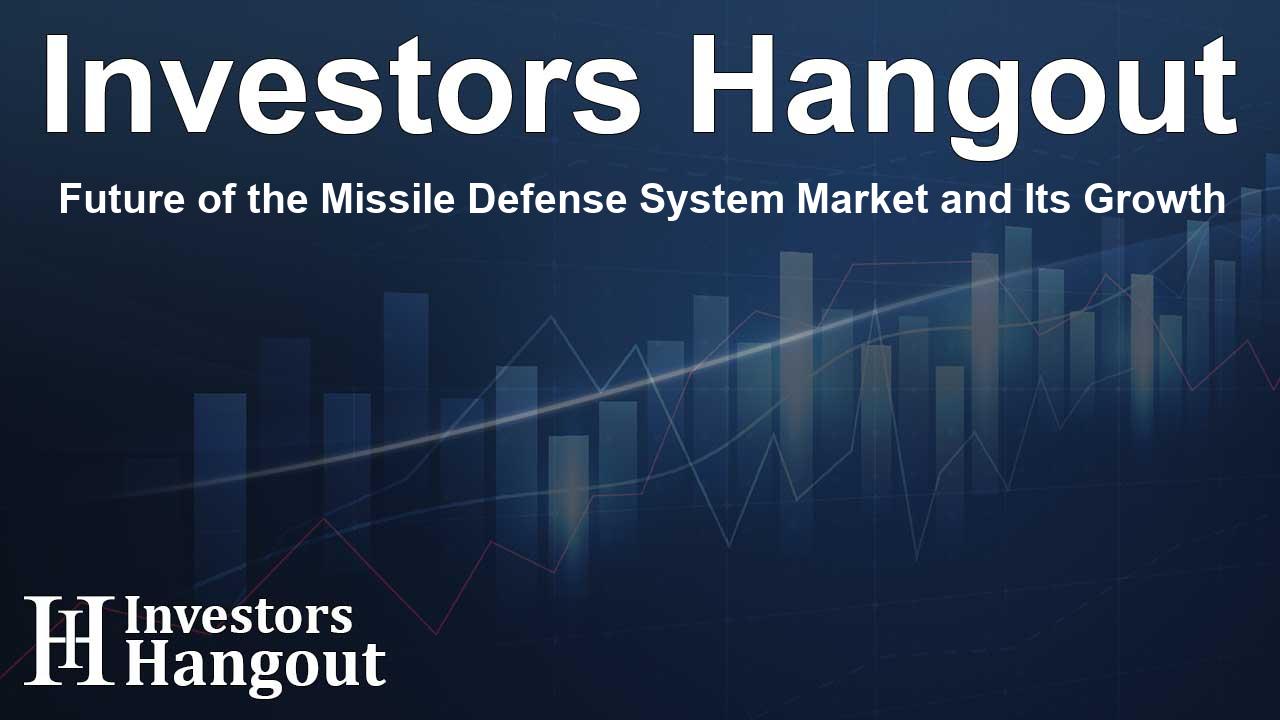Future of the Missile Defense System Market and Its Growth

Missile Defense System Market: Where It Stands and Where It’s Headed
The global market for missile defense systems was valued at USD 13.42 billion in 2023 and is projected to climb to USD 21.04 billion by 2033. Behind that rise: higher defense spending across many countries and steady advances in missile technology. Governments are channeling funds into capabilities that can deter conflict, protect critical infrastructure, and strengthen their strategic position in a tense security environment.
Technology Is Moving Fast
Missile technology is evolving quickly. Nations are fielding systems with ranges that exceed 5,000 kilometers and speeds that can top five times the speed of sound. The push isn’t only about deterrence; it’s also about demonstrating credible capabilities. Countries such as the United States, China, India, and others continue to invest in precision-guided munitions designed to reach deep targets with accuracy. These trends, taken together, are expanding both the scope and the stakes of missile defense.
Defense Budgets Set the Pace
Growing defense expenditures are central to the market’s momentum. Heightened geopolitical tension and persistent security concerns have prompted governments to increase funding for systems that can detect, track, and intercept threats. For many nations, missile defense now sits alongside intelligence, cyber defense, and air superiority as a core layer of national security—meant to shield civilian populations, military assets, and vital infrastructure.
What the Market Data Shows
In 2023, medium-range missile systems led the market, accounting for 47% of total share and generating roughly USD 6.30 billion in revenue. Demand in this range underscores the need for reach and responsiveness in many operational scenarios. Looking ahead, the weapons systems segment is expected to post a solid 5.2% CAGR, supported by continued investment in advanced military technology and systems integration.
Headwinds the Industry Must Navigate
Even with a favorable outlook, the missile defense market faces real constraints. Developing and producing these systems requires high capital outlays. Precision components, rigorous testing regimes, and complex engineering raise costs and timelines, making scale-up harder than it looks on paper. Those barriers can slow deployment and complicate efforts to expand production.
AI’s Growing Role
Artificial intelligence is opening new doors across the missile defense enterprise. AI-enabled tools are sharpening surveillance, improving target identification, and speeding up data processing and decision cycles. The result: faster, more accurate intercepts when seconds matter. These capabilities point to a future in which increasingly intelligent systems help operators handle more data and more complex threat environments.
Regional View: North America Out Front
North America currently leads the missile defense systems market. Significant U.S. federal investment supports robust public–private collaboration and sustained research and development. The United States is intent on maintaining a strategic advantage over rival powers such as China and Russia, and that focus translates into ongoing funding for advanced systems and supporting technologies.
Companies Shaping the Field
Several major players continue to define the competitive landscape: BAE Systems, General Dynamics Corporation, Lockheed Martin Corporation, and Northrop Grumman Corporation. Their portfolios reflect deep commitment to research, development, and integration of the technologies that underpin modern missile defense.
Frequently Asked Questions
How large is the missile defense system market today, and what’s the outlook?
The market was valued at USD 13.42 billion in 2023 and is projected to reach USD 21.04 billion by 2033.
What’s driving growth in this market?
Rising defense budgets and ongoing advances in missile technology are the primary drivers, alongside investments in precision-guided munitions and systems that strengthen national deterrence.
Which segments are leading right now?
Medium-range missile systems dominated in 2023 with a 47% market share, generating about USD 6.30 billion. The weapons systems segment is expected to grow at a 5.2% CAGR.
How is AI changing missile defense?
AI enhances surveillance, sharpens target identification, and accelerates data processing, enabling quicker and more accurate interception of incoming threats.
Which region is in the lead, and why?
North America leads the market, supported by significant U.S. federal investment and a focus on sustaining a strategic edge over peer competitors such as China and Russia.
About The Author
Contact Ryan Hughes privately here. Or send an email with ATTN: Ryan Hughes as the subject to contact@investorshangout.com.
About Investors Hangout
Investors Hangout is a leading online stock forum for financial discussion and learning, offering a wide range of free tools and resources. It draws in traders of all levels, who exchange market knowledge, investigate trading tactics, and keep an eye on industry developments in real time. Featuring financial articles, stock message boards, quotes, charts, company profiles, and live news updates. Through cooperative learning and a wealth of informational resources, it helps users from novices creating their first portfolios to experts honing their techniques. Join Investors Hangout today: https://investorshangout.com/
The content of this article is based on factual, publicly available information and does not represent legal, financial, or investment advice. Investors Hangout does not offer financial advice, and the author is not a licensed financial advisor. Consult a qualified advisor before making any financial or investment decisions based on this article. This article should not be considered advice to purchase, sell, or hold any securities or other investments. If any of the material provided here is inaccurate, please contact us for corrections.
